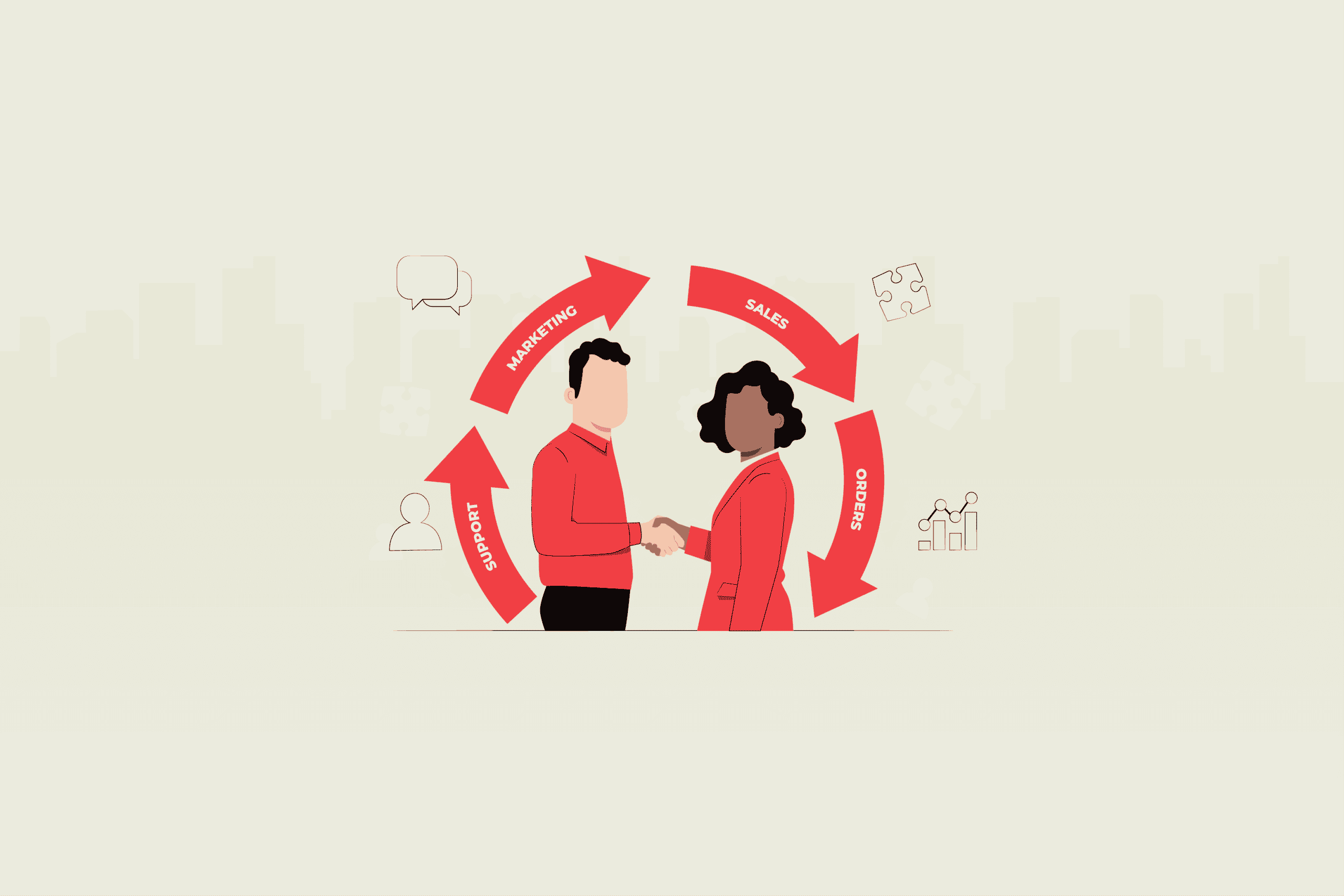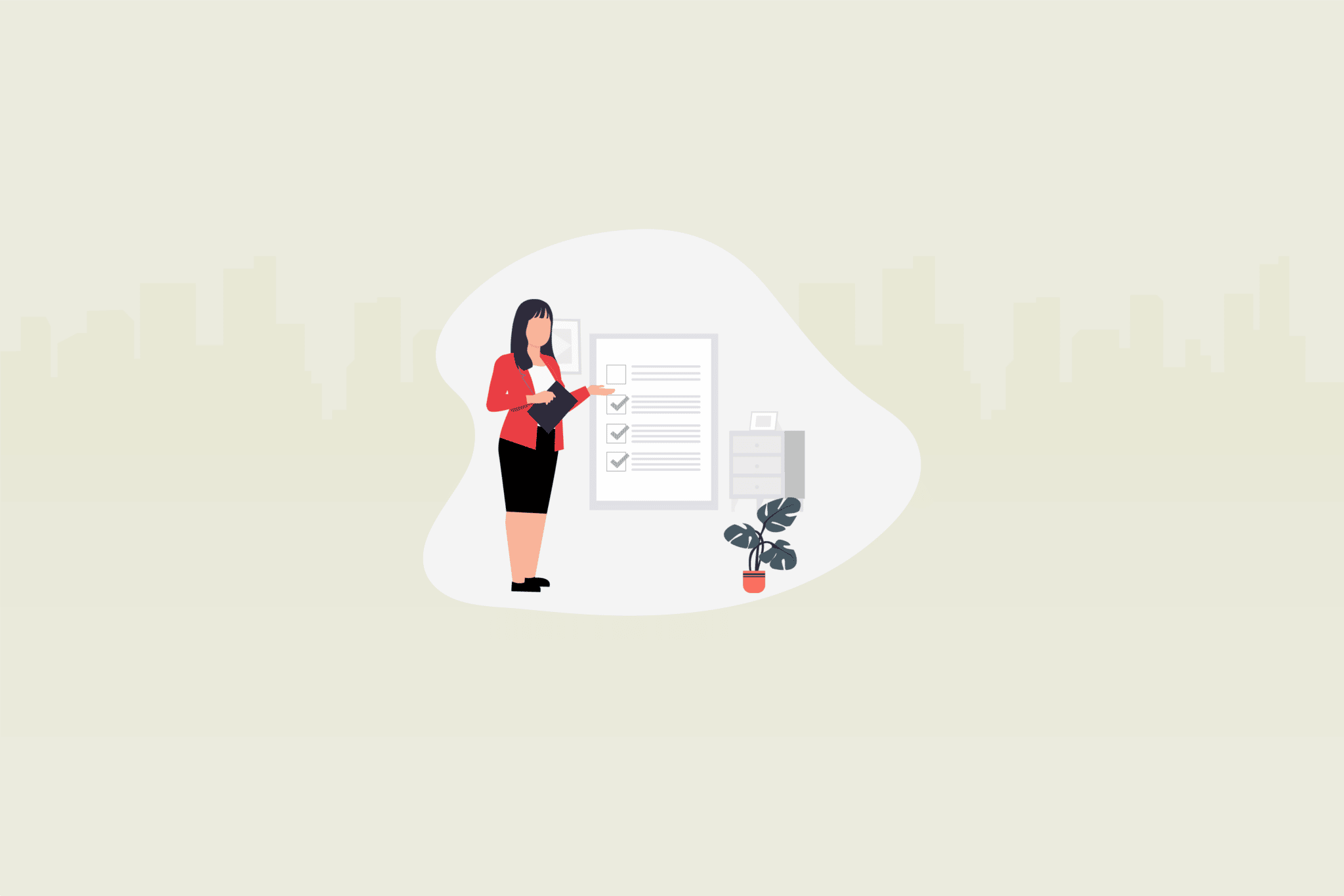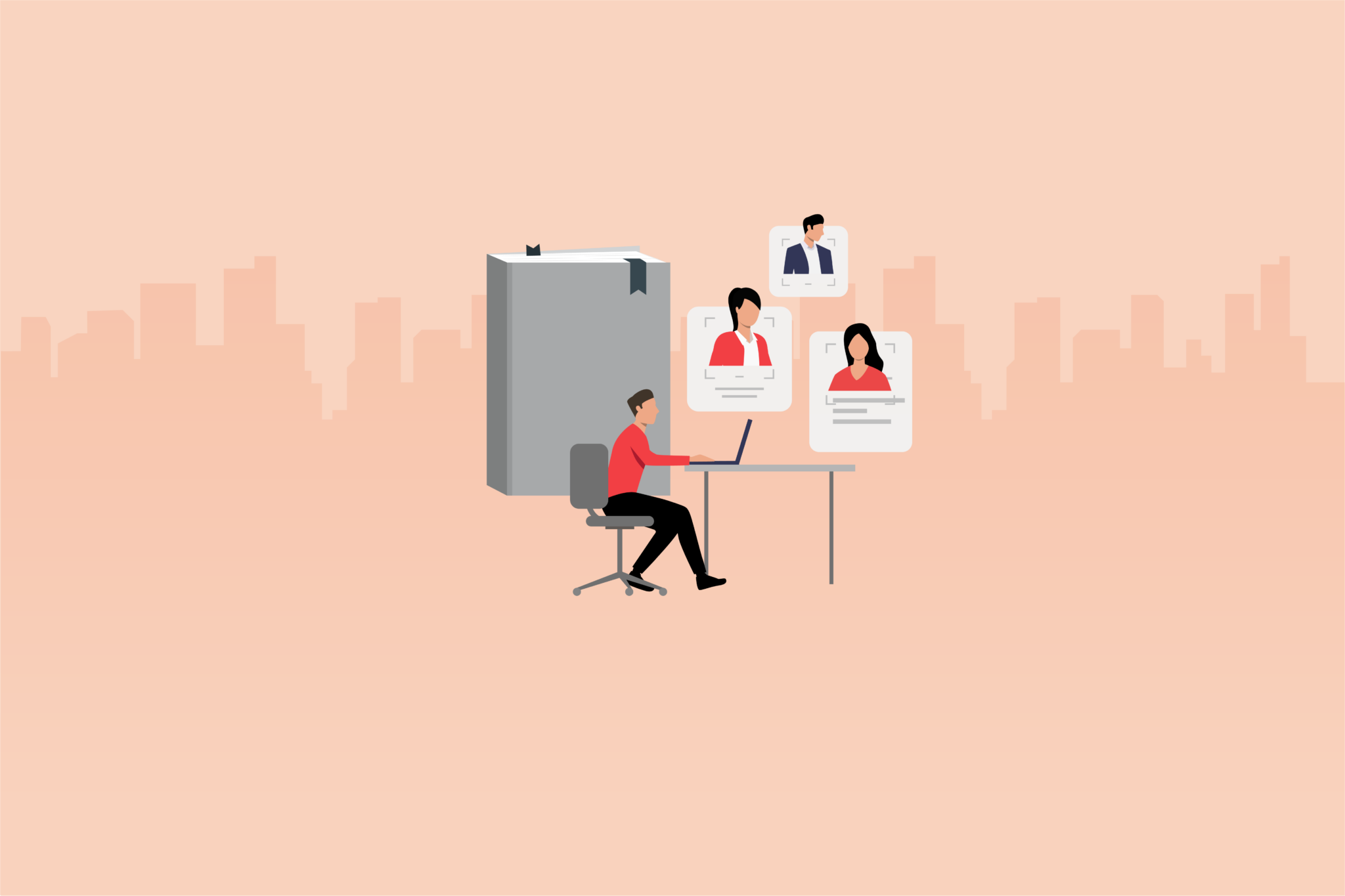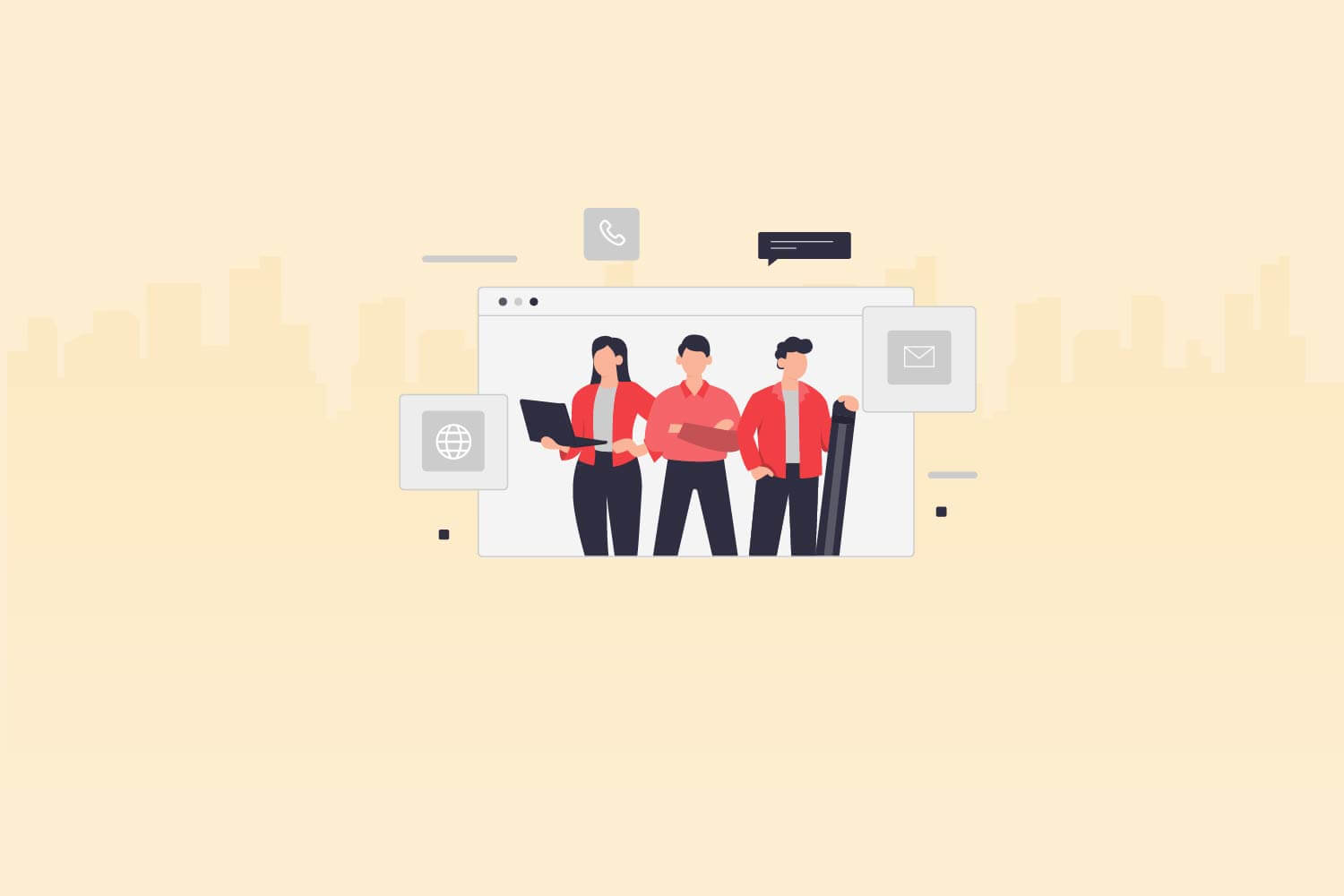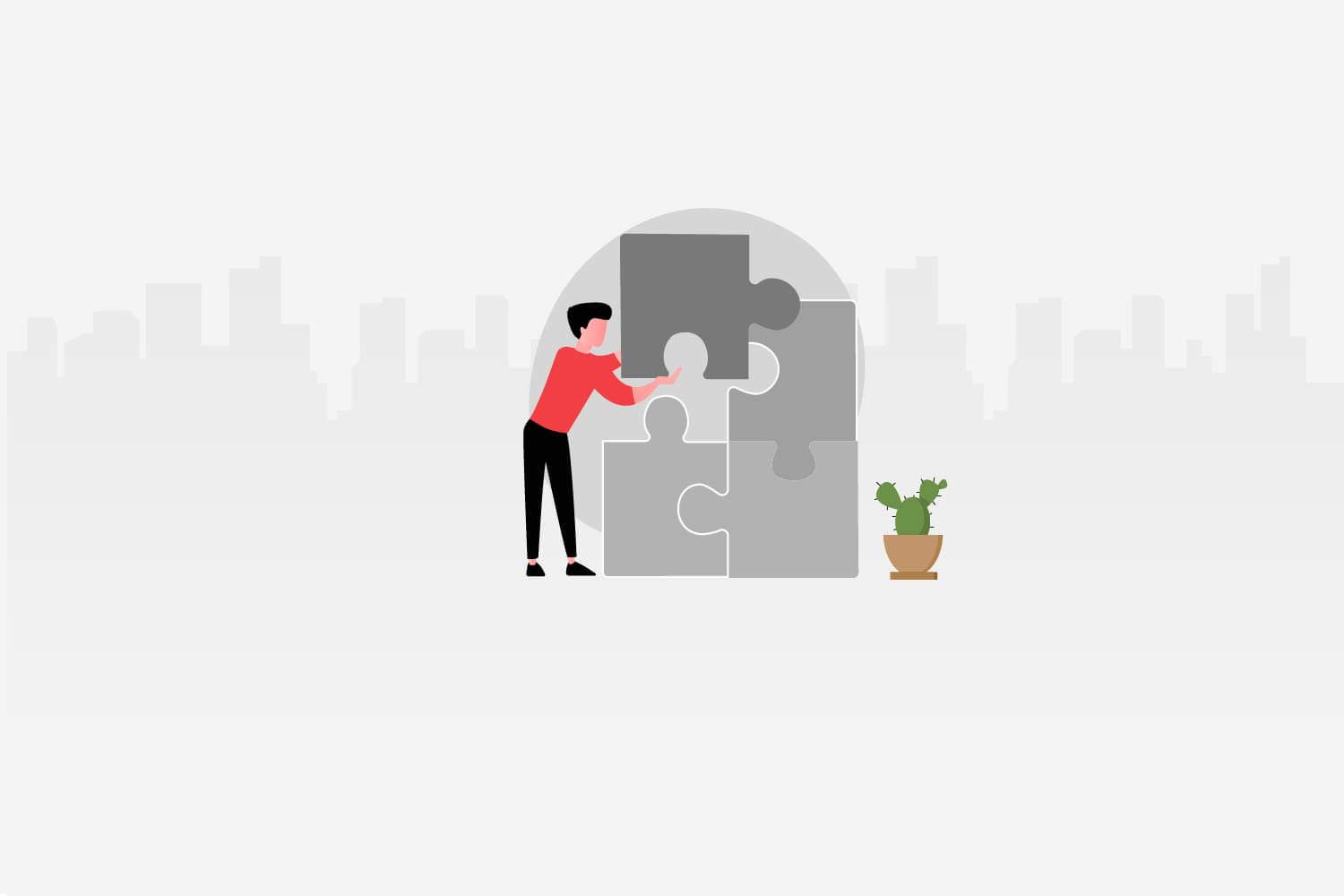In today’s digital landscape, user experience (UX) plays a crucial role in shaping the success of digital products and services. As a result, the demand for skilled and talented UX designers continues to rise. To stay ahead in this competitive industry, it’s essential to stay informed about the latest recruitment trends and best practices.
According to a recent report by Forbes, the demand for UX designers has increased by 74% over the past two years. This statistic highlights the growing recognition of the importance of user-centric design and the need for UX designers who can create intuitive and seamless experiences for users across various industries.
In this blog, we will explore the key trends shaping the recruitment process for UX designers. We’ll delve into topics such as the emphasis on user-centric design, the impact of remote work and distributed teams, the incorporation of agile and design thinking methodologies, the growing importance of collaboration and cross-functional skills, and more.
Demand for UX designers
In today’s digital landscape, user experience (UX) has become a critical aspect of product development and customer satisfaction. As a result, there is a growing demand for skilled UX designers who can create intuitive and user-friendly interfaces. Let’s delve into the factors driving this rising need for UX professionals:
Digital Transformation: With businesses increasingly relying on digital platforms, the need for seamless user experiences has skyrocketed. Whether it’s a website, mobile app, or software, companies are recognizing the value of UX design in attracting and retaining customers.
Competitive Edge: As the market becomes more crowded, organizations are realizing that a superior user experience can set them apart from their competitors. A well-designed product not only enhances customer satisfaction but also boosts brand loyalty and drives revenue.
User-Centric Approach: Companies are shifting their focus towards a user-centric approach, aiming to understand their customers’ needs, pain points, and preferences. UX designers play a pivotal role in conducting user research, creating personas, and designing solutions that align with user expectations.
Accessibility and Inclusivity: Accessibility and inclusivity have gained significant attention in recent years. UX designers are responsible for ensuring that digital products are accessible to users with disabilities, catering to a wider audience and complying with accessibility standards.
Continuous Improvement: UX design is an iterative process that requires constant evaluation and improvement. Organizations are recognizing the value of UX designers who can conduct usability testing, gather feedback, and iterate on designs to deliver optimal user experiences.
As the demand for UX designers continues to rise, it’s crucial for aspiring professionals to acquire the necessary skills and stay updated with the latest trends and technologies. With the right expertise, UX designers can seize the abundant opportunities available in the job market and contribute to shaping the future of digital experiences.
Emphasis on user-centric design
In today’s competitive market, companies are increasingly recognizing the importance of prioritizing user experience (UX) to ensure the success of their digital products and services. Consequently, there is a growing emphasis on hiring UX designers who can create user-centric designs. Let’s explore how companies prioritize user experience in their hiring process:
Alignment with user needs
Companies understand that a deep understanding of user needs is crucial for creating exceptional experiences. They seek UX designers who can conduct user research, gather insights, and translate them into effective design solutions.
Portfolio and case studies
Hiring managers closely evaluate the portfolios and case studies of UX designer candidates to assess their ability to create user-centric designs. They look for evidence of thoughtful research, user testing, and iterative design processes.
Collaboration and communication skills
UX designers are expected to collaborate with cross-functional teams, including developers, product managers, and stakeholders. Companies prioritize candidates who demonstrate strong communication skills and the ability to effectively translate user needs to the broader team.
Usability testing and iteration
Companies value UX designers who can conduct usability testing and iterate on designs based on user feedback. They look for candidates who can demonstrate a data-driven approach and a commitment to continuously improving the user experience.
Understanding business goals
UX designers need to understand the business goals and objectives to align their design decisions accordingly. Companies seek candidates who can balance user needs with business requirements to create designs that drive positive outcomes.
By prioritizing user-centric design in their hiring process, companies aim to deliver products and services that meet user expectations, drive customer satisfaction, and ultimately contribute to the success and growth of their businesses. As a UX designer, it is essential to showcase a strong user-centered mindset and a comprehensive skill set to stand out in this competitive job market.
Remote work and distributed teams
The rise of remote work and distributed teams has significantly influenced the recruitment process for UX designers. Here’s a closer look at the impact of remote work on hiring practices in the field:
Expanded talent pool
Remote work has eliminated geographical constraints, allowing companies to tap into a global talent pool of UX designers. Employers are no longer limited to hiring locally and can access top talent from around the world.
Flexible work arrangements
Remote work offers flexibility in work arrangements, enabling UX designers to choose their preferred location and work environment. Companies that embrace remote work attract candidates seeking a better work-life balance and increased autonomy.
Remote collaboration tools
The advancement of collaboration tools and technologies has made it easier for remote UX designers to collaborate effectively with cross-functional teams. Companies prioritize candidates who are proficient in using these tools and demonstrate strong remote collaboration skills.
Adaptation to virtual workflows
Hiring managers assess a candidate’s ability to adapt to virtual workflows, including remote design sprints, virtual user testing, and remote stakeholder meetings. Demonstrating proficiency in managing remote design processes is highly valued.
Communication and time management
Remote work demands excellent communication and time management skills. Companies seek UX designers who can effectively communicate ideas, collaborate remotely, and manage their time efficiently without direct supervision.
Cultural and language diversity
Remote work has opened up opportunities for cultural and language diversity within UX design teams. Companies embrace diverse perspectives and cultural insights, fostering innovation and inclusivity in their design processes.
Remote onboarding and support
With remote work becoming the norm, companies have adapted their onboarding and support processes for remote UX designers. Candidates who can quickly adapt to remote onboarding procedures and thrive in remote work environments have a competitive edge.
The shift towards remote work has revolutionized the way companies recruit UX designers. Embracing remote work allows organizations to access a wider talent pool, foster flexibility, and adapt to virtual collaboration. As a UX designer, highlighting remote work experience, remote collaboration skills, and adaptability to virtual workflows will enhance your chances of securing remote positions in this evolving job market.
Agile and design thinking
Agile methodologies and design thinking have become integral to the UX design process, emphasizing iterative design and continuous improvement. When hiring UX designers, companies increasingly value candidates who are experienced in these methodologies. Let’s explore how agile and design thinking impact the recruitment process:
Understanding agile principles
Hiring managers seek UX designers who have a solid understanding of agile principles and methodologies. They look for candidates who can seamlessly integrate into agile development teams and contribute to iterative design processes.
Iterative design experience
Companies prioritize candidates with a track record of iterative design processes, such as conducting user testing, gathering feedback, and iterating on designs. Demonstrating experience in adapting designs based on user insights is highly valued.
Collaboration and cross-functional skills
Agile environments thrive on collaboration, and UX designers are expected to work closely with developers, product managers, and other team members. Employers look for candidates with strong collaboration and cross-functional skills to ensure smooth integration within agile teams.
User stories and user-centered solutions
UX designers are responsible for translating user needs into user stories that guide the design process. Hiring managers assess candidates’ ability to understand user requirements and create user-centered solutions aligned with agile practices.
Adaptability and flexibility
Agile projects are characterized by changing requirements and evolving priorities. Companies seek UX designers who can quickly adapt to new challenges, adjust their designs accordingly, and demonstrate flexibility in response to shifting project needs.
Agile mindset and continuous learning
Hiring managers value candidates with an agile mindset, emphasizing adaptability, open-mindedness, and a willingness to embrace feedback. UX designers who demonstrate a commitment to continuous learning and improvement are highly sought after.
By incorporating agile and design thinking principles into the recruitment process, companies ensure they hire UX designers who can effectively collaborate, iterate, and deliver user-centric designs within an agile environment. As a UX designer, highlighting your experience with agile methodologies, iterative design, and collaboration will significantly enhance your chances of securing roles that align with these principles.
Collaboration and cross-functional skills
In today’s fast-paced and complex business environment, teamwork and collaboration have become critical for the success of UX design projects. Companies recognize the value of hiring UX designers who possess strong collaboration and cross-functional skills. Here’s a closer look at the growing importance of teamwork in UX designer hiring:
Cross-functional collaboration
UX designers need to collaborate with diverse stakeholders, including developers, product managers, marketers, and business analysts. Hiring managers seek candidates who can effectively communicate and collaborate across different functions and bridge the gap between design and implementation.
Effective communication
Strong communication skills are essential for UX designers to articulate design concepts, gather feedback, and align with the vision of the project. Companies value candidates who can clearly and concisely communicate their ideas to both technical and non-technical team members.
Empathy and active listening
UX designers must empathize with users and actively listen to their needs and feedback. Employers look for candidates who can apply these skills not only to users but also to their team members, fostering a collaborative and inclusive work environment.
Conflict resolution
Collaboration sometimes involves differing opinions and conflicts. UX designers are expected to navigate and resolve conflicts constructively, ensuring the best outcomes for the project. Hiring managers seek candidates who can effectively manage conflicts and find solutions that satisfy all parties involved.
Agile and iterative mindset
Collaboration goes hand in hand with an agile and iterative mindset. UX designers need to adapt to changing requirements, gather feedback, and iterate on designs. Companies prioritize candidates who can seamlessly integrate into agile teams and contribute to iterative design processes.
Knowledge sharing and learning
Collaboration encourages knowledge sharing and continuous learning within the team. Employers value candidates who are open to learning from others, sharing their expertise, and staying updated with industry trends and best practices.
By emphasizing collaboration and cross-functional skills in UX designer hiring, companies ensure the formation of cohesive and high-performing teams. UX designers who excel in teamwork can effectively contribute to projects, bridge gaps between disciplines, and deliver exceptional user experiences that align with business goals. Highlighting your collaboration experiences and showcasing your ability to work effectively in cross-functional teams will make you a desirable candidate in the competitive job market.
UX design specializations
The field of user experience (UX) design has evolved significantly, and UX designers are now specializing in various industries to meet specific user needs and business goals. Understanding the evolving role of UX designers in different industries is crucial for professionals and employers alike. Here’s a closer look at UX design specializations across industries:
E-commerce and retail
UX designers in e-commerce and retail focus on optimizing the online shopping experience, including intuitive navigation, streamlined checkout processes, and personalized product recommendations. They work closely with stakeholders to increase conversion rates, improve customer satisfaction, and drive online sales.
Finance and fintech
UX designers in the finance and fintech sectors prioritize usability, trust, and security. They create user-friendly interfaces for banking platforms, investment apps, and financial management tools. Designers in this specialization aim to simplify complex financial processes and enhance user confidence in digital financial services.
Healthcare and wellness
UX designers in healthcare and wellness strive to create intuitive and accessible interfaces for medical professionals, patients, and caregivers. They focus on user-centered designs that enhance patient engagement, facilitate telehealth services, and improve the overall healthcare experience.
Education and e-learning
UX designers in the education sector focus on creating engaging and effective e-learning platforms. They design intuitive interfaces for online courses, learning management systems, and educational apps. These designers emphasize user-centered approaches to enhance knowledge retention and improve the learning experience.
Travel and hospitality
UX designers in the travel and hospitality industry aim to provide seamless and enjoyable experiences for travelers. They design intuitive booking platforms, mobile apps, and interactive maps that facilitate travel planning, accommodation booking, and on-site navigation.
Gaming and entertainment
UX designers in the gaming and entertainment industry focus on creating immersive and engaging user experiences. They design interfaces for video games, virtual reality (VR) experiences, and streaming platforms, ensuring intuitive gameplay, seamless navigation, and enjoyable entertainment experiences.
Automotive and transportation
UX designers in the automotive and transportation sector design interfaces for vehicle infotainment systems, navigation systems, and mobility apps. They prioritize safety, ease of use, and seamless integration with in-car technologies to enhance the overall driving and transportation experience.
By specializing in specific industries, UX designers can leverage their domain knowledge and expertise to address industry-specific challenges and deliver tailored user experiences. Employers seek UX designers with experience in their respective industries, as they bring valuable insights and a deep understanding of their target audience. UX designers looking to specialize should consider acquiring industry-specific knowledge and staying updated with the latest trends and technologies in their chosen field.
Diversity and inclusion
Diversity and inclusion have become critical considerations in the recruitment process for UX designers. Companies recognize the value of fostering a diverse and inclusive workforce to drive innovation, enhance creativity, and better understand diverse user perspectives. Here’s how organizations promote diversity and inclusion in UX designer recruitment:
Diverse hiring practices
Companies adopt inclusive hiring practices that actively seek candidates from diverse backgrounds, cultures, and experiences. They aim to create a talent pool that reflects the diversity of their user base.
Unbiased recruitment process
Employers strive to eliminate bias from the recruitment process by implementing standardized evaluation criteria and blind resume screening. This helps ensure that candidates are evaluated solely based on their skills and qualifications.
Building diverse design teams
Companies focus on building diverse design teams that encompass a wide range of perspectives, including gender, race, ethnicity, age, and cultural backgrounds. Diverse teams foster a more inclusive and creative environment.
Inclusive design thinking
UX designers are encouraged to incorporate inclusive design thinking principles into their work. This involves considering the needs of underrepresented user groups and ensuring that products and services are accessible and usable for all.
Diversity training and education
Employers provide diversity training and education to their design teams, promoting awareness, empathy, and cultural sensitivity. This helps UX designers understand and address the needs of diverse users more effectively.
Diversity networks and partnerships
Companies actively engage with diversity networks, organizations, and communities to broaden their talent pool and promote inclusivity. They establish partnerships to attract diverse UX designer candidates and create a supportive environment for underrepresented groups.
Employee resource groups
Employee resource groups focused on diversity and inclusion provide a platform for UX designers to connect, share experiences, and collaborate on initiatives that promote diversity within the organization and the broader design community.
By prioritizing diversity and inclusion in UX designer recruitment, companies create an environment that celebrates differences, encourages creativity, and ensures that their products and services are accessible and inclusive for all users. As a UX designer, embracing and promoting diversity and inclusion in your work will not only contribute to meaningful design solutions but also enrich your professional growth and personal development.
Conclusion
The recruitment process for UX designers is evolving rapidly to meet the demands of the digital age. Companies across industries are recognizing the crucial role that UX designers play in creating exceptional user experiences and driving business success. By understanding and embracing the top recruitment trends in UX designer hiring, both professionals and employers can stay ahead in this dynamic field.
Testlify offers a range of assessments and challenges that allow you to gauge candidates’ knowledge, problem-solving skills, and creativity in real-world scenarios. With Testlify, you can administer real-world challenges that simulate the actual assessment process, giving candidates the opportunity to showcase their skills and approach to UX designing. The platform provides a structured and standardized assessment process, allowing you to compare candidates objectively and make informed decisions. By incorporating Testlify into your hiring process, you can ensure a more comprehensive and reliable evaluation of candidates’ UX designing skills, ultimately helping you identify the most qualified individuals for your team.
With our extensive test library, you can objectively evaluate candidates’ abilities, ensuring you shortlist the most talented individuals efficiently. Ready to unlock the potential of your hiring process? Book a free 30-minute live demo with Testlify. Our expert team will guide you through the platform, showcasing relevant skill tests tailored to your organization’s needs. With our support, you can streamline candidate selection, saving valuable time and resources.
